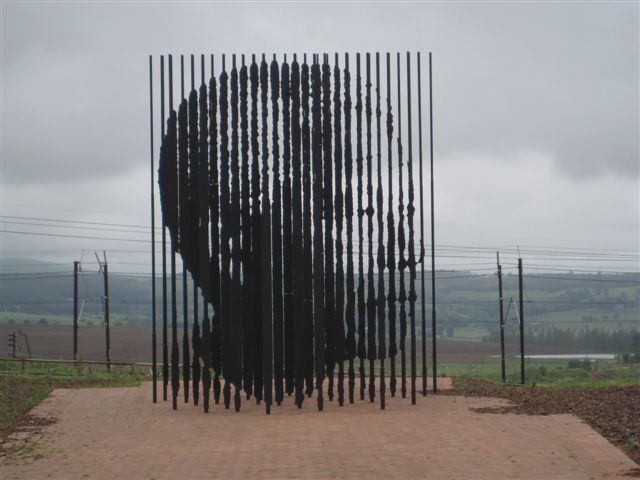This tribute to Nelson Mandela illustrates how minor shifts in perspective can alter your point of view.
What’s behind the artwork Fifty rods of steel, symbolizing prison bars, so people will never forget the years Mandela was imprisoned. The remarkable thing about this artwork is that it is only when you stand at a certain distance (which is marked) that you see him.




Perspective has a significant role in handling challenges For instance, if you’ve had a serious disagreement with a colleague over a joint project, your perspective may be draining your energy. In relationship dynamics, most of us bring a point of view to the conversation and it’s perplexing when the other person doesn’t see things in a similar way. That alignment you started with has dissipated into a serious divide of aims, values and responsibilities. She’s ranting that you aren’t keeping your end of the bargain while your view is that she’s changing what she committed to. You may walk away feeling misunderstood, disrespected or defensive.
What’s real and what’s perception? Perspective is how you see things and shapes your thoughts, feelings, actions and what you say. Frequently we’re advised to step back and look at things another way. A different angle can shift perspective. When it comes to interpersonal interactions, what is far better is to have a behavior framework to interpret perplexing dynamics.
A framework enables you to rise above your gut reactions, find the presence of mind to be curious and use language the other person can ‘hear’. As a result, the new data gets you closer to clarity and the approach that engages.
As the picture illustrates, distance shifts perspective. Some problems require more than distance. When what you do relies on working with and through others, learning a behavior framework can be valuable to have in your toolkit.
